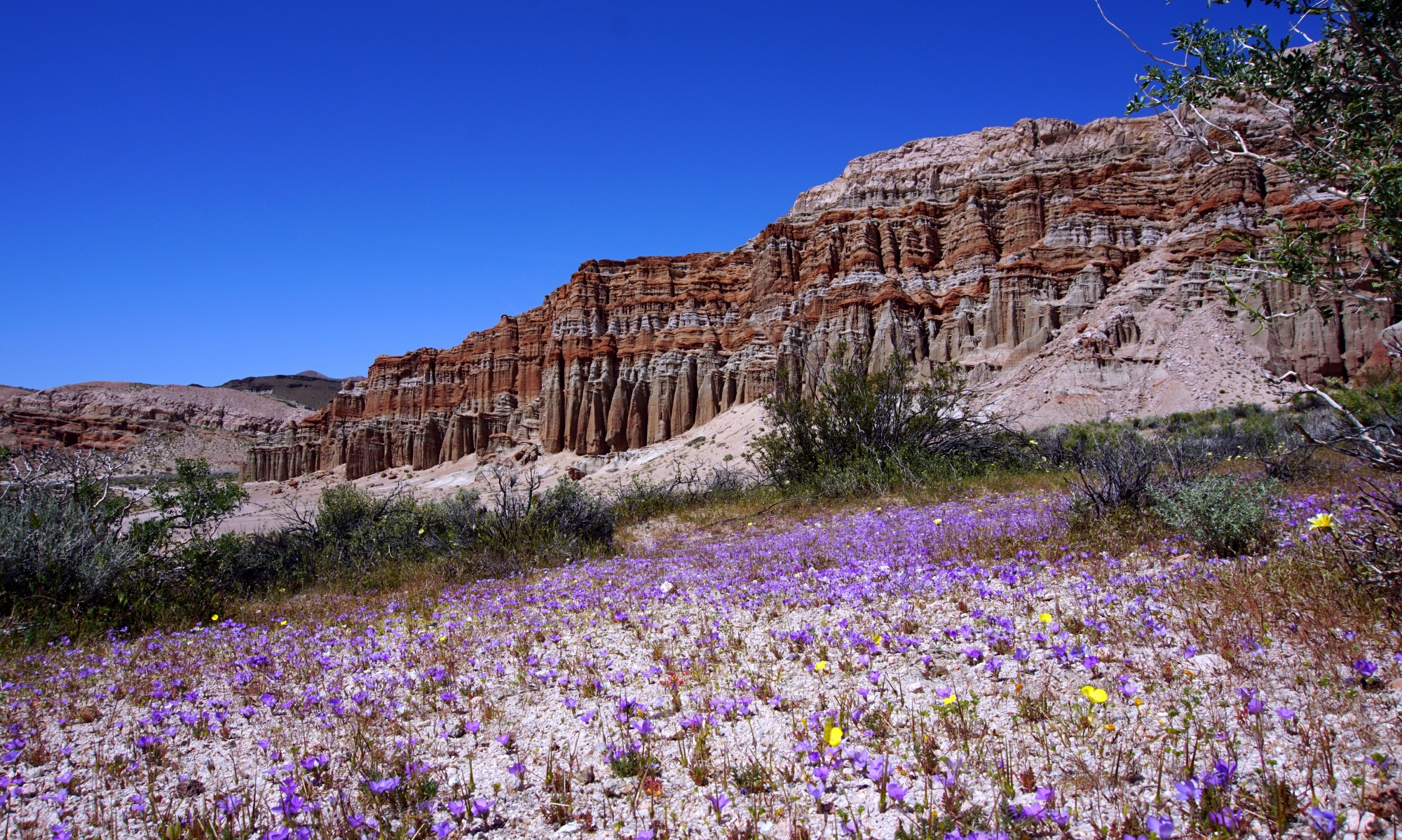RATING: ♦♦♦♦♦
- Length of stay: 3 days
- Cost per night: $13/night
- Discount: Texas State Parks Coupon – 2nd night half off
- Hook ups: 50 amp electric and water. No sewer. Dump station.
- Site number/quality: #16. Level, paved pad. Brush and trees on both sides separating sites. Covered picnic area at rear of site.
- Park Quality: This is a small state park campground. Entry is tightly controlled because of the sensitive nature of the Native American artifacts here. The park is considered a sacred desert sanctuary.
- Access: The campground is north of El Paso, about 8 miles off US-62. Access into the park is via a lightly traveled park road. Not wide, but wide enough for our motorhome and toad.
- Connectivity: Verizon weak, AT&T strong, and T-Mobile none.
- Return yes/no?: Yes, if back in the area.
- Website: Hueco Tanks State Park
Hueco Tanks has seen human habitation for the last ten thousand years. The unusual granite rock formation contains hundreds of huecos, which are naturally occurring rock basins, some large, some small, that collect and store rainwater for long periods of time. The water has attracted animals and humans for millennia in an otherwise dry desert.
The early humans have left clues to their stories in the pictographs and petroglyphs found here. Their images tell hunting stories and feature geometric designs. There are over 200 painted face mask images in the park. There are also images of animals, birds, and large-eyed figures that may represent rain or storm deities.
We planned our visit for the same weekend as the park’s Annual Interpretive Fair. During this special weekend, local Native Americans demonstrate some of their customs, dancing, and skills. And much more of the park is accessible to hikers and rock climbers.
But what interested us the most was that trained volunteers provide pictograph tours in areas that are normally closed to the public. We drove about a mile into a protected area where we joined a tour just starting in. We were fortunate to have an excellent guide named John who is a master naturalist and really knew his stuff. Our group only included us and two other people, both of whom were park rangers from nearby New Mexico.
We hiked another mile or so with John and the rangers up into the rocks, where John pointed out some pictographs on a granite wall under a overhang. They were hard to see at first, but after a few seconds we began to see bits of faces, animals, and designs.
They are very ancient and hard to make out, but John used some modern technology to bring them to life. First he took a photo of the faded images, and then used an app called Dstretch to bring out the underlying colors digitally on his smartphone. It’s really amazing.
Once he showed us the enhanced images on his phone, we could recognize the actual images more fully with our eyes. We saw faces, plants, fish, and a jaguar. Almost like magic, our brains just seemed to be able to see them better.
Truly, this was one of the most remarkable experiences we’ve had traveling this year. So glad we came here, and thankful that the State of Texas has made the effort to protect this historic site.


















